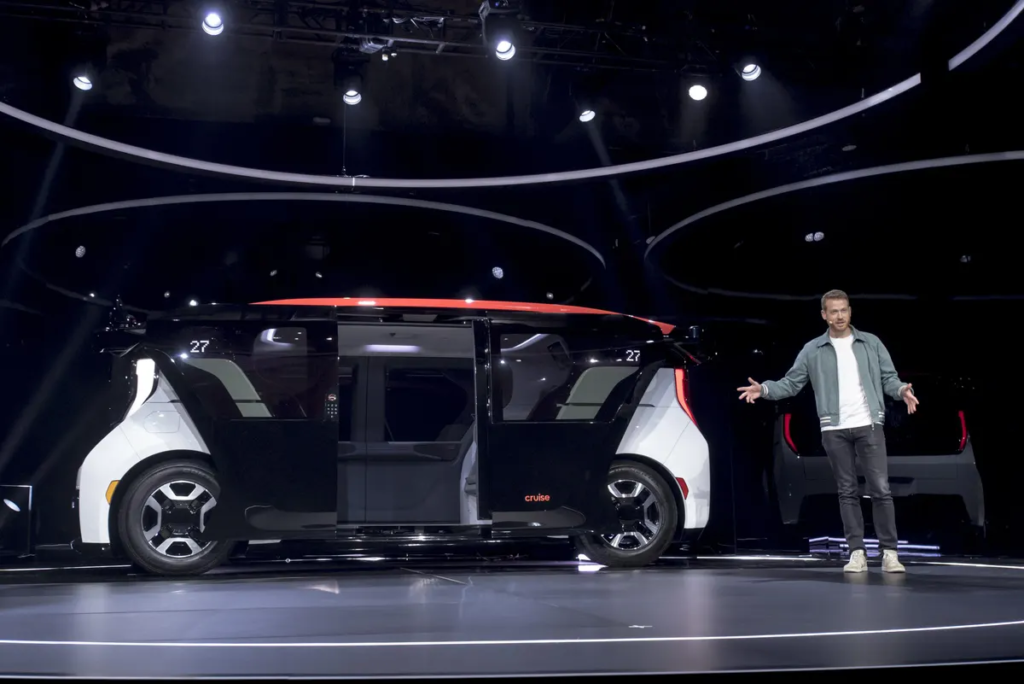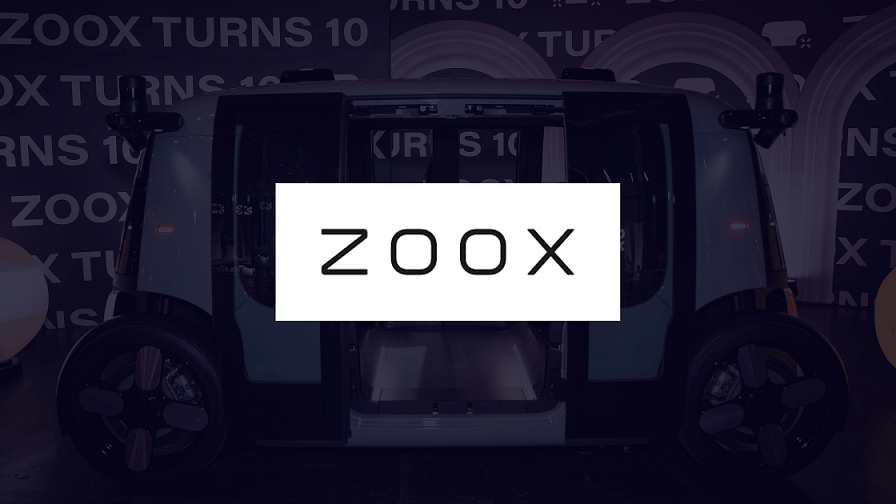“The future of personal mobility is electric, connected, and autonomous, and Cruise is at the heart of that transformation.”
General Motors (GM) CEO, Mary Barra had famously stated after GM’s successful acquisition of the promising AV startup company, Cruise. A new era in the autonomous vehicle industry was born.
Cruise was billed to come good and achieve great things. The wheels were set in motion and the journey began.
Despite several challenges, GM’s Cruise is one of the leading names in the self-driving sector. According to the World Health Organization, road accidents claim over 1.3 million lives annually. Cruise was birth with the aim to tackle this malaise, leveraging cutting-edge technology like lidar, radar, and advanced AI to create a safer alternative to human driving: self-driving cars.
It has been a bitter-sweet ride: from successes to failures to complete overhaul of strategy.
Here are ten intriguing things to know about Cruise, from its humble beginnings to its game-changing technology, and how it is faring so far in the autonomous vehicle sector.
Ten Intriguing Things to Know About Cruise
1. Founding Story and Origin

Cruise was founded in 2013 by Kyle Vogt and Dan Kan in San Francisco, California. Vogt was a former MIT student and Kan a graduate of Seattle’s Lakeside School. Initially, the company focused on developing kits to retrofit existing vehicles with self-driving technology before pivoting towards creating fully autonomous vehicles. Both Kyle Vogt and Dan Kan are listed as number 7 on Fortune’s 2016 Under 40 list.
2. General Motors Acquisition

In March 2016, Cruise was acquired by General Motors (GM) for an estimated $1 billion. The acquisition provided Cruise with the financial backing and resources needed to accelerate its self-driving car development. GM’s infrastructure and manufacturing capabilities allowed Cruise to integrate its software into GM’s vehicles, leading to the development of purpose-built autonomous vehicles.
The acquisition also aimed to bolster GM’s efforts in the burgeoning self-driving technology market while allowing Cruise to maintain operational independence.
3. Cruise’s Autonomous Technology

Cruise uses a combination of lidar, radar, and cameras to detect its surroundings and make real-time decisions. These systems work together with powerful AI and machine learning algorithms and mapping systems to ensure safe and efficient navigation through complex environments.
4. Cruise Entire Fleet of AVs is Fully Electric

Cruise has a sustainability mentality, as its entire fleet is fully electric. The company is committed to contributing to a greener environment by reducing carbon emissions, in alignment with GM’s vision of a zero-emission future. This also ties into its goal of creating an eco-friendly transportation system.
5. Funding and Valuation
Cruise has raised significant investment from various backers beyond General Motors (GM has reportedly invested about $5 billion into Cruise). In 2018, SoftBank’s Vision Fund invested $2.25 billion into the company, boosting its valuation. Microsoft’s investment in 2021 further solidified Cruise’s status as a key player in the autonomous vehicle space, with the company valued at over $30 billion.
6. The Cruise Debacle

Cruise’s operations faced scrutiny after several high-profile incidents involving its autonomous vehicles, including a pedestrian being struck and dragged by a Cruise vehicle in San Francisco. Read what happened here.
These incidents prompted California regulators to suspend Cruise’s operating permits. This marked the beginning of a seeming downward trajectory for Cruise, as it negotiated to pay over $8 million in damages. Key decision makers in the company resigned and 900 staff were laid off.
You May Also Like:
- Top 20 Autonomous Vehicle Companies in the U.S.
- 10 Things Autonomous Vehicles Can Do that Humans Drivers Can’t
7. Cruise Origin (the Purpose-Built Robotaxi)

Cruise unveiled its first purpose-built autonomous vehicle, the Origin, in 2020. The Origin is designed without a driver’s seat or manual controls, as it’s fully autonomous. It is built for ridesharing and urban mobility, offering a spacious, futuristic interior aimed at making transportation more comfortable and accessible.
However, Cruise has halted production of its Origin models. General Motors announced this decision on November 8, 2023, following a series of operational challenges and regulatory issues.
For clarity, the pause in production came after Cruise suspended its U.S. driverless operations due to safety concerns raised by California regulators, who revoked the company’s permits after a pedestrian was struck and dragged by a Cruise vehicle in October 2023 (Ref: “The Cruise Debacle and How They Regained Cruise Control).
8. From Fully Autonomous to Semi-Autonomous

Cruise resumed testing its autonomous vehicles after “The Cruise Debacle.” However, under strict specific conditions. Following the suspension of its driverless testing permits by the California Department of Motor Vehicles (DMV) due to safety concerns, Cruise is now conducting tests in Phoenix, Arizona, with human safety drivers present in the vehicles. This takes Cruise from fully autonomous to semi-autonomous. The development has stalled Cruise’s development, as it had hoped to expand its driverless fleet across more than twelve U.S. states.
On the bright side, the safety-driver -behind-the-wheel approach reflects Cruise’s commitment to demonstrating safety and reliability in its operations as it navigates regulatory scrutiny and public concerns following “the debacle.”
9. Cruise Cruises into a Partnership Deal with Uber

Cruise and Uber have entered into a multiyear partnership to integrate Cruise’s autonomous vehicles into the Uber platform, with plans to launch this service in 2025. The announcement evoked excitement from onlookers, as Cruise has faced a plethora of challenges.
The collaboration will allow Uber riders to request rides in Cruise’s Chevrolet Bolt-based autonomous vehicles through the Uber app. This means that when users book a ride, they may be given the option to choose a self-driving Cruise vehicle if available. Specific details about the cities where the service will be available have not been disclosed, but it follows Cruise’s recent resumption of supervised autonomous driving in cities like Phoenix, Houston, and Dallas.
10. Cruise Robotaxis in Japan by 2026

Autonomous vehicle heavyweight, Cruise, is planning expansion into Japan by 2026. GM made the announcement alongside Honda, which has a three-year-old partnership to co-develop a series of affordable electric vehicles. Honda is also an investor in GM’s Cruise.
If the plan comes to fruition, Japan would be Cruise’s second international market, after Dubai.
You May Also Like:
- Ten Amazing Things to Know About Waymo in 2024
- 10 Interesting Things to Know About Kodiak Robotics in 2024
- Ten Things to Know About Aurora Innovation in 2024
- Top 20 Autonomous Vehicle Companies in the U.S. (2024)
- 10 Things You Should Know About Zoox After 10 Years Building Autonomous Vehicles
Conclusion
Cruise remains a highly promising autonomous vehicle brand and one of the pioneers in the self-driving robotaxi space. Despite its setbacks, Cruise has continued to cruise, striking major deals and slowly regaining public trust.
The rise of autonomous vehicles has been nothing short of revolutionary, and Cruise is one of the companies leading the charge toward a driverless future.
The road ahead for Cruise is filled with both challenges and opportunities, but one thing is clear: this company is steering us toward a transformative era of mobility. With continuous advancements in technology and strategic partnerships, Cruise is set to make the dream of fully autonomous, emission-free urban transport a reality.
Let’s keep our fingers crossed for what the future holds for Cruise.
Update: GM has stopped funding Cruise. Read the complete article here.

I’m Dr. Brandial Bright, also known as the AVangelist. As a dedicated and passionate researcher in autonomous and electric vehicles (AVs and EVs), my mission is to educate and raise awareness within the automotive industry. As the Founder and Managing Partner of Fifth Level Consulting, I promote the adoption and innovation of advanced vehicle technologies through speaking engagements, consulting, and research as we progress to level 5 fully autonomous vehicles.







